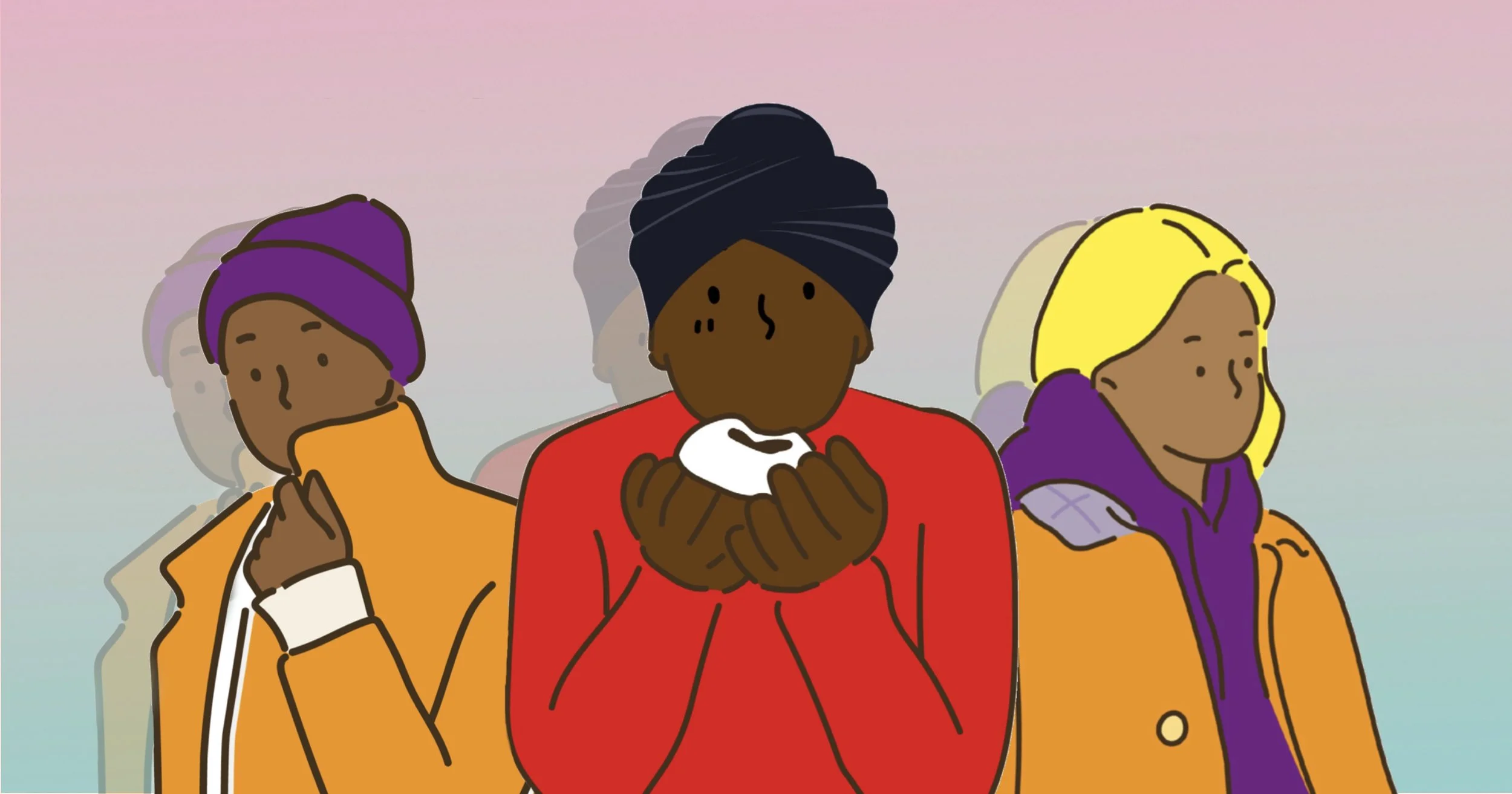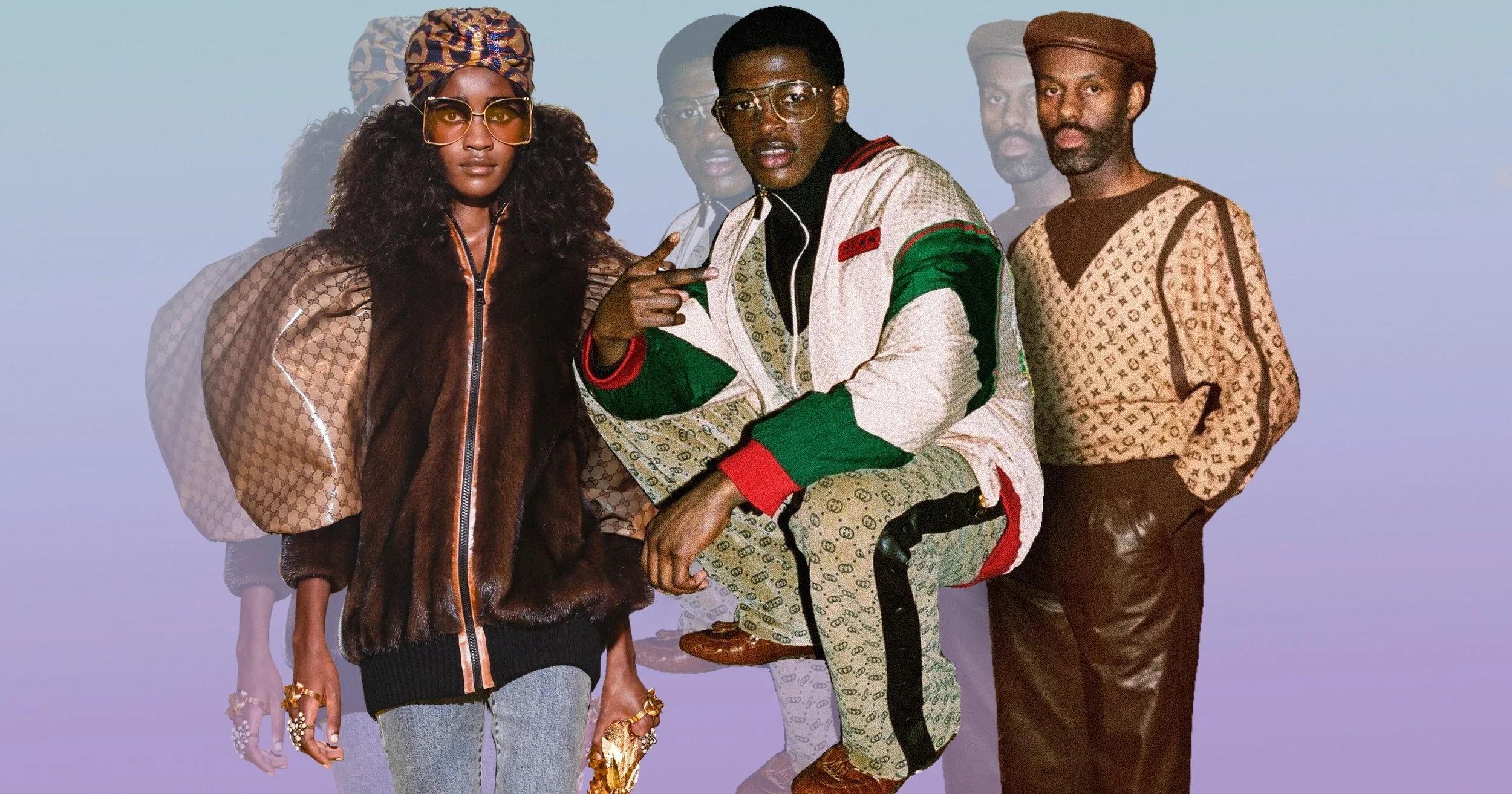Deconstructing the Dichotomies in Dance: Class, money and accessibility
BY CAMERON Macgregor
The work that’s still to be done in deconstructing the current world of dance:
Ballet originates from Princes in historic Italy being taught how to walk, pose and present themselves in royal situations. Since, ballet, in essence, has evolved into a precise and well-defined set of rules to appear powerful, graceful and perfect. It is difficult, expensive, and time consuming to learn, and even harder to master to a professional level.
Image by Nick Starichenko.
This has caused it, and other classical-based dance styles, like contemporary, to almost become a commodity; something considered cultured, educated and sophisticated - a luxury. Classical dance is not essential to live, a creative - it doesn’t make money efficiently.
Being merely self-sustained in a traditionally professional dance career requires a lot of time and training, and therefore, often, a lot of money. It is increasingly common for performers to get paid less than box office staff.
Swan Lake St Petersburg Ballet Theatre
Further to this, in the West End for example, classical dance is often expensive to watch professionally, and is unappealing to anyone who hasn’t had experience with that specific dance style before. This means the audience demographic is much smaller and richer.
This leads to it becoming much harder to break into the world of classical dance if you have less money to pay for proper lessons, auditions, studio space, physio etc, making it even more exclusive.
Eventually, it is easy to see how it downward-spirals into a culture divide between classes. It is fundamentally inaccessible.
Then there are more modern dance styles, infinitely many that developed roughly through the last century; Hip-hop, Street, Vogue and Ball and Commercial. It’s commonly found that these more recent dance styles have much more relatable and empathetic roots and stories, making them much more recognisable to a modern, younger audience. For instance, Ball, Voguing or Waacking was born from the underground queer ball scene in late 20th century New York and is based in empowerment and acceptance.
Image by chaoss (Stanislav Perov).
As much younger, fresher dance styles, that have had less time to develop a formal technique basis, they take less time to learn, and therefore are much easier to profit from. As they have their origins in a much more recent and capitalistic society, they are fundamentally designed to ‘crowd please’.
Anyone, regardless of their dance background, can look at it and think it ‘looks good’. They make someone sitting at home on their sofa go ‘Wow, look at that! That looks cool.’, whereas ballet, for example, is much more often thought of as boring, old, and stuffy. If you take away the structure of predefined skill, it will very quickly turn to making money as that is the only measurable thing left.
Image by Guryanov Andrey.
The rise of social media over the past decade has amplified said ‘crowd pleasing’ effect and has exposed dance to the instant access and harsh judgement of online presence.
Dance is beginning to morph from a study to a trend. The content is dictated by whatever gets the most likes. You need to look no further than one of the most popular current social media platforms at the moment, TikTok, to see that this effect widens the culture divide between an old and new sense of ‘dance’.
The main point is the giant increase in accessibility that modernity has compared to that of more classical styles.
Image by Joseph Phillips
The dance industry (and generally, the performance industry) is stifled by its reliance on the unreliable task of making money from an audience. Like all arts, it is for this reason that our current government massively under value us, and it is also for this reason that I love and respect professional creatives. The work done is inherently anti-capitalistic as it is not defined or valued by its ability to make money.
That being said, this is a capitalistic government we live under and so we must function within it, and we must make money, to have a chance of changing anything.
Image by vitdance (Vitaly Mytnik)
Despite dance getting more accessible with time, there is still a lot of work to be done. Dance, and more generally, the creative industry in the UK is massively underfunded by the government, especially in the case of the current pandemic.
During lockdown, the customer demand on the entertainment industry has been massively increased by the general public; people have been sitting inside watching Netflix all day. Any support the arts were getting from the government before Covid-19 have only decreased since.
Only a few months ago, the UK Government released their ‘Rethink, Reskill, Reboot’ campaign, with the infamous poster (shown above) receiving a lot of mockery online.
The campaign urged creatives to take a quiz on the government website telling them what non creative careers they should retrain into. This very clearly demonstrated the people in power have no respect or concern for the UK Arts industry. The quiz even had options that were still creative, like ‘cake decorator’- which seemed against the point of the quiz in the first place - and I was told to retrain as a boxer!?
Even worse than that, the image used for this poster was actually taken from a stock image site called Unsplash. All in all, it was another loud and clear message from the leaders of our country that they really don’t care about the arts.
This just goes to show much work is to be done, and how much of it will have to be done without help. This is why programmes like dance outreach schemes into local schools are so important under a capitalistic rule.
If anti-capitalistic action is not taken, then creativity becomes undetached from money. Funding needs to go into schools for more creative outlets. The arts need to be given respect and recognition. We need to break the boundary between affordable and available.
This sort of thing is already happening - there is a UK based course called CAT (Centre for Advanced Training) that take in gifted young creatives and give them industry relevant skills, with centres in cities all over England, and support them onto the first step in their creative careers.
But this is just the beginning, there is much more to be done, and I can’t wait to see the dance of the future!
This year’s FUZE is in aid of two charities: ArtRefuge and Black South West Network.




















